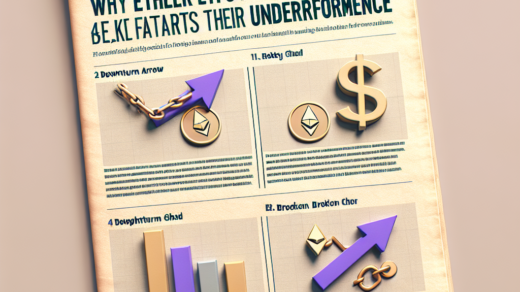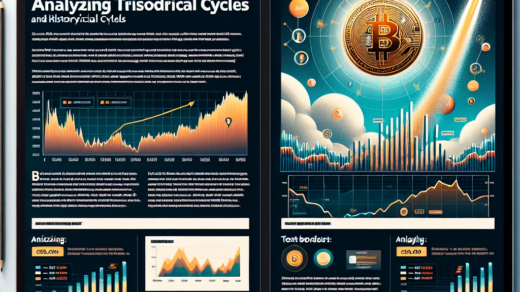Ethereum Gas Fees Plunge to Historic Lows: A Bullish Indicator for ETH Prices, Analysts Suggest
Recent data indicates that Ethereum gas fees have experienced a significant decrease, prompting analysts to speculate that this trend could signal a bullish phase for ether (ETH) tokens. According to Ryan Lee, chief analyst at Bitget Research, historical patterns suggest that when Ethereum gas fees drop dramatically, it often precedes a mid-term price rebound for ETH.
Understanding Ethereum Gas Fees
Gas fees are the costs incurred by users to execute transactions on the Ethereum network. These fees fluctuate based on demand for block space and network congestion. Earlier this week, Ethereum gas fees fell to as low as 0.6 gwei, with low-priority transactions costing merely 1 gwei or less. This represents an astonishing decline of more than 95% from the 83.1 gwei levels recorded in March, when network activity peaked.
Historical Context: What Low Gas Fees Mean for ETH Prices
Lee highlighted that every instance in the past where Ethereum gas fees hit rock bottom has typically indicated a price bottom for ETH in the mid-term. “ETH prices tend to strongly rebound after this cycle, and when this moment coincides with an interest rate cut cycle, the market’s wealth effect is full of possibilities,” he stated in a note to CoinDesk.
Factors Behind the Drop in Ethereum Gas Fees
The recent decline in gas fees can be attributed to several factors. A noticeable lack of demand for Ethereum block space, coupled with a growing preference for faster and cheaper alternatives such as Solana and Layer 2 solutions, has contributed to this trend. The rise of these alternative blockchains has attracted users away from Ethereum, leading to lower transaction fees.
Additionally, the much-anticipated Dencun upgrade has played a significant role in enhancing network efficiency, ultimately reducing gas fees. This upgrade, which consists of two major updates implemented in March, has transformed the way transactions are processed and validated on the Ethereum network.
Competition from Alternative Blockchains
As Ethereum gas fees plummeted, applications based on other blockchain platforms, particularly Solana, have begun to gain traction. For instance, the Solana-based application Pump has, on several occasions, generated more fees than the entire Ethereum network within a 24-hour span, with the most recent occurrence on August 13. This shift in user activity indicates that Ethereum may face increasing competition from other blockchains.
The Implications of Lower ETH Supply
Another critical aspect to consider is the impact of reduced gas fees on the supply of ether (ETH). With fewer transactions being executed, the amount of ETH being burned is decreasing, resulting in an increase in the overall supply of the token. Recent data reveals that nearly 16,000 ETH, valued at approximately $42 million at current prices, has been added to the total supply over the past week, putting the supply on track to grow by 0.7% this year.
The Future Outlook for Ethereum
While the current drop in Ethereum gas fees may seem alarming to some investors, it is essential to recognize the historical precedent that suggests a potential price rebound could be on the horizon. As noted by Lee, the correlation between low gas fees and subsequent ETH price increases cannot be overlooked. Furthermore, if this trend coincides with favorable macroeconomic conditions, such as interest rate cuts, the potential for a bull run in the Ethereum market may be even greater.
Investing in Ethereum: What You Need to Know
For those considering investing in Ethereum during this period of reduced gas fees, it is crucial to understand the mechanisms of the Ethereum network and the various factors influencing its price. If you’re new to cryptocurrency and want to invest in ETH, you can read our guide on How to Buy Ethereum.
Conclusion: Is Now the Time to Invest in Ethereum?
In conclusion, the significant drop in Ethereum gas fees presents an intriguing opportunity for investors. Historical data suggests that such declines often precede bullish trends in ETH prices. However, as the Ethereum network faces increased competition from other blockchains, it is vital to stay informed and cautious. As always, potential investors should conduct thorough research and consider their investment strategies carefully. For more insights into the cryptocurrency market, you can explore our other articles, including XRP Price Prediction and Bitcoin ETF Updates.
As the cryptocurrency landscape continues to evolve, staying informed is key to making well-informed investment decisions. Whether you’re looking to buy ETH, explore other cryptocurrencies, or learn more about the blockchain space, resources are available to guide you through your journey.
























